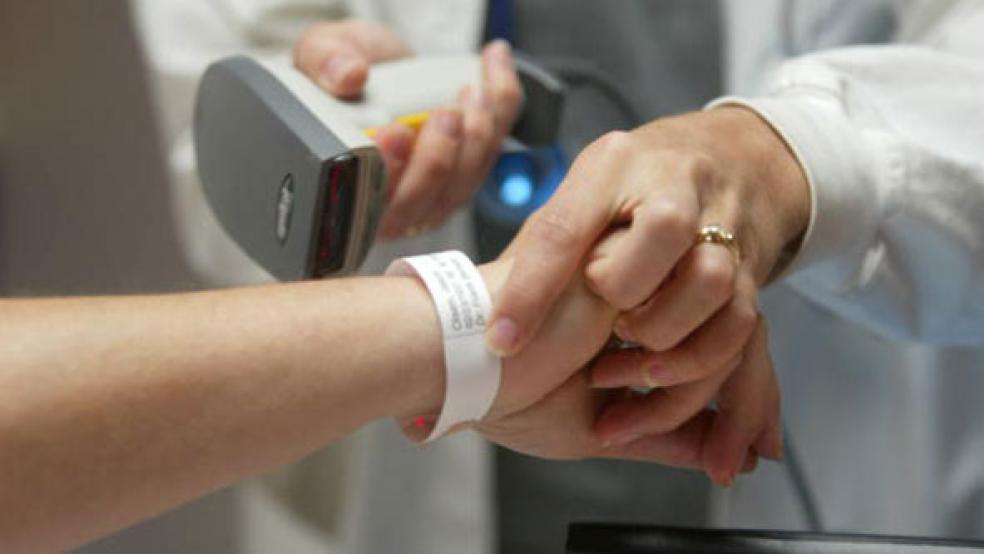It looks like Congress won’t be doing anything about surprise medical bills this year, but a new study in Health Affairs shows why the issue will likely remain font and center next year.
Analyzing reams of insurance data, researchers found that many out-of-network bills come from a small percentage of medical specialists who typically work in emergency rooms at for-profit hospitals and who therefore cannot be avoided by patients. While out-of-network charges are produced by only a small percentage of hospitals and practitioners, the bills that do emerge are sometimes much higher than average and push up spending by private insurers by billions of dollars – costs that are eventually reflected in everyone’s premiums.
“When physicians whom patients cannot avoid can work out of network from in-network hospitals, it exposes patients to significant financial risk and raises physicians’ in-network payments,” the study says. “Anesthesiologists, pathologists, radiologists, and assistant surgeons are out of network in approximately 10 percent of cases [in the study]. We estimated that these specialists’ ability to bill out of network raises total health care spending for people with employer-sponsored insurance by approximately 3.4 percent ($40 billion).”
Dan O'Neill, a health policy fellow at the Robert Wood Johnson Foundation, did some quick back-of-the-envelope math to calculate the average cost for policyholders, based on the study in Health Affairs: “To boil this down to a headline: The business practice of surprise billing costs a typical American family on a private health plan about $1,000 per year (+/-).”




